Understanding the current shipping rates from China is pivotal for anyone involved in international trade. Whether you’re a seasoned importer or a newcomer to the world of global logistics, shipping costs can significantly impact your bottom line. Shipping rates are not static; they fluctuate due to a myriad of factors. These can range from global economic conditions to specific trade policies, seasonal variations, and even unexpected events like pandemics. By comprehensively understanding these factors, importers can better navigate the complexities of international shipping and make informed decisions to optimize their logistics processes.
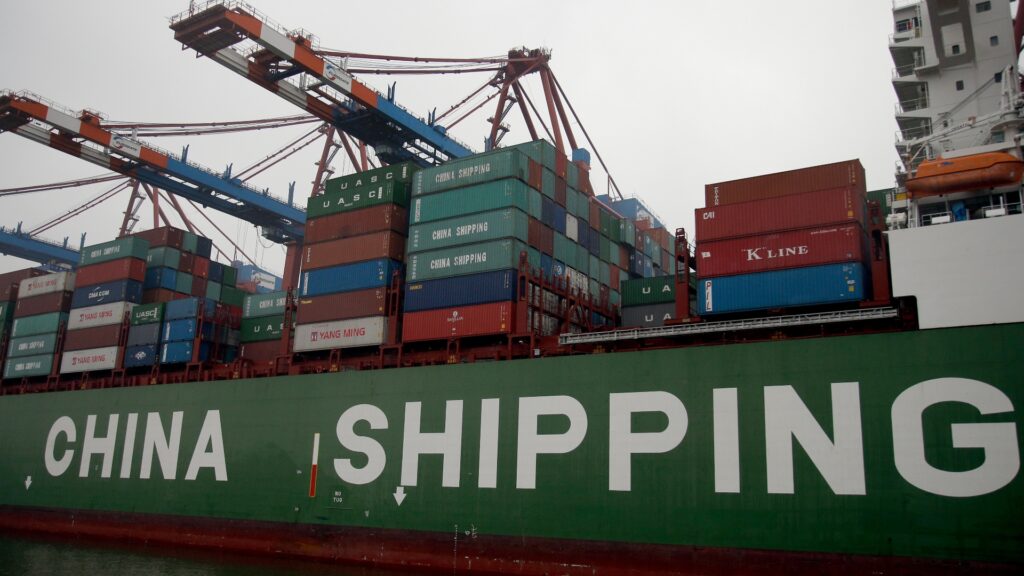
Table of Contents
1. Understanding Shipping Rates
Basic Components of Shipping Rates
Shipping rates comprise several elements, each contributing to the overall cost of moving goods from one country to another. Here are the primary components:
- Freight Charges: The basic cost of transporting goods. This depends on the weight, volume, and nature of the cargo, as well as the shipping method (Air Freight, sea, or land).
- Fuel Surcharges: Additional costs incurred due to fluctuations in fuel prices. These surcharges are typically adjusted based on the current market price for fuel.
- Security Fees: Costs associated with ensuring the security of the cargo during transit. This includes measures like container scanning and security checks.
- Customs Duties and Taxes: Government-imposed fees on imported goods. These rates vary by country and type of product.
- Insurance Costs: Optional but recommended costs for insuring goods against potential damage or loss during transit. For more information, visit our insurance services.
Factors Affecting Shipping Rates
Several dynamic factors influence shipping rates:
- Seasonal Variations: High shipping demand during peak seasons (like the holiday season) can drive rates up, while off-peak seasons may see lower rates.
- Fuel Prices: As fuel is a significant component in shipping, fluctuations in global fuel prices directly impact shipping costs.
- Port Congestion: Delays and congestion at major ports can increase shipping times and costs.
- Global Trade Policies and Tariffs: Changes in trade agreements, tariffs, and regulations can affect shipping costs. For example, the US-China trade war led to increased tariffs on certain goods.
- Carrier Capacity and Availability: The availability of shipping carriers and their capacity to handle cargo can influence rates. Limited capacity generally leads to higher prices.
2. Current Trends in Shipping Rates from China
Analysis of Recent Shipping Rate Trends
The landscape of global shipping has been notably altered in recent years due to several key factors. Here’s an analysis of current trends:
- Impact of COVID-19 on Shipping Rates: The pandemic disrupted global supply chains, leading to increased shipping rates. Restrictions, lockdowns, and reduced workforce at ports all contributed to delays and higher costs.
- Effects of Supply Chain Disruptions: Events like the Suez Canal blockage and labor strikes at major ports have caused significant supply chain disruptions, affecting shipping rates negatively.
- Trends in Demand and Supply: The demand for shipping services has surged as economies recover, but the supply of shipping containers and vessels has not kept pace, driving up the costs.
Statistical Data on Current Shipping Rates
To provide a clearer picture, let’s examine some recent statistics:
| Time Period | Average Shipping Rate (40ft Container) | Source |
|---|---|---|
| Q1 2022 | $10,839 | Freightos Baltic Index |
| Q2 2022 | $9,711 | Drewry World Container Index |
| Q3 2022 | $7,800 | Freightos Baltic Index |
| Q4 2022 | $6,500 | Shanghai Containerized Freight Index |
| Forecast Q1 2023 | $5,900 | Industry Expert Analysis (Drewry, Freightos) |
For professional assistance and cost-effective shipping solutions, consider partnering with Dantful International Logistics, a highly reputable and reliable service provider in the international logistics industry.
3. Shipping Rates for Different Regions
Shipping Rates to North America
North America, comprising the United States and Canada, is a significant market for imports from China. The shipping rates to these regions are influenced by the high demand for consumer goods and the well-established trade routes.
Specific Rates to the United States and Canada
The current shipping rates for a 40ft container from China to major ports in North America are as follows:
| Destination Port | Average Shipping Rate (40ft Container) | Source |
|---|---|---|
| Los Angeles, USA | $6,800 | Freightos Baltic Index |
| New York, USA | $7,200 | Drewry World Container Index |
| Vancouver, Canada | $6,500 | Freightos Baltic Index |
| Toronto, Canada | $6,900 | Shanghai Containerized Freight Index |
Market Demand and Supply Analysis for North America
The demand for shipping services to North America remains high due to the robust consumer market. However, the supply of shipping containers and vessel capacity has been strained, leading to increased rates. Seasonal peaks, such as the holiday season, further exacerbate the demand-supply imbalance, driving up costs.
Shipping Rates to Europe
Europe is another crucial destination for Chinese exports. Major ports in countries like Germany, United Kingdom, and Netherlands see a significant volume of imports from China.
Specific Rates to Major Ports in Europe
Here’s a snapshot of current shipping rates to major European ports:
| Destination Port | Average Shipping Rate (40ft Container) | Source |
|---|---|---|
| Hamburg, Germany | $5,700 | Freightos Baltic Index |
| Rotterdam, Netherlands | $5,500 | Drewry World Container Index |
| London, UK | $5,800 | Freightos Baltic Index |
| Antwerp, Belgium | $5,600 | Shanghai Containerized Freight Index |
Influencing Factors for Shipping Rates to Europe
Europe’s shipping rates are influenced by several factors, including port congestion, labor strikes, and regional trade agreements like the Brexit impact on UK ports. Additionally, the demand for products and economic conditions in the EU play a significant role.
Shipping Rates to Asia
While China is a major exporter, it also engages in significant intra-Asia trade, with countries like Japan, South Korea, and Vietnam being key partners.
Specific Rates to Major Ports in Asia
The current shipping rates from China to key Asian ports are:
| Destination Port | Average Shipping Rate (40ft Container) | Source |
|---|---|---|
| Tokyo, Japan | $1,200 | Freightos Baltic Index |
| Busan, South Korea | $1,000 | Drewry World Container Index |
| Ho Chi Minh City, Vietnam | $1,300 | Freightos Baltic Index |
| Singapore, Singapore | $1,100 | Shanghai Containerized Freight Index |
Regional Trade Agreements and Their Impact on Rates
Regional trade agreements, such as the Regional Comprehensive Economic Partnership (RCEP), have facilitated smoother trade flows and potentially lower shipping costs within Asia. However, geopolitical tensions and varying economic conditions can still impact rates.
Shipping Rates to Africa
Africa is an emerging market with growing import volumes from China. Countries like South Africa and Nigeria are among the leading importers on the continent.
Specific Rates to Major Ports in Africa
The current shipping rates to key African ports are:
| Destination Port | Average Shipping Rate (40ft Container) | Source |
|---|---|---|
| Durban, South Africa | $4,500 | Freightos Baltic Index |
| Lagos, Nigeria | $4,800 | Drewry World Container Index |
| Mombasa, Kenya | $4,600 | Freightos Baltic Index |
| Dar es Salaam, Tanzania | $4,700 | Shanghai Containerized Freight Index |
Challenges and Opportunities in African Markets
African markets face challenges such as inadequate infrastructure, political instability, and regulatory hurdles. However, the continent also offers significant growth opportunities for importers due to its expanding consumer base and untapped markets.
Shipping Rates to Middle East
The Middle East, with key import hubs like the UAE and Saudi Arabia, is a vital region for trade with China. The shipping rates to these regions are influenced by regional politics and economic conditions.
Specific Rates to Major Ports in the Middle East
Here are the current shipping rates to major Middle Eastern ports:
| Destination Port | Average Shipping Rate (40ft Container) | Source |
|---|---|---|
| Jebel Ali, UAE | $3,800 | Freightos Baltic Index |
| Dammam, Saudi Arabia | $4,000 | Drewry World Container Index |
| Doha, Qatar | $3,900 | Freightos Baltic Index |
| Kuwait City, Kuwait | $4,100 | Shanghai Containerized Freight Index |
Impact of Regional Politics on Shipping Costs
Political stability, regional conflicts, and trade agreements all play a significant role in determining shipping rates in the Middle East. The recent normalization of relations between some Middle Eastern countries and the potential lifting of embargoes can lead to more stable and possibly lower shipping rates.
Read More:
- Shipping From China TO CANADA
- Shipping From China to the United States
- Shipping From China To UNITED KINGDOM
- Shipping From China To Netherlands
- Shipping From China To ALGERIA
- Shipping from China to UAE
- Shipping from China to Saudi Arabia 2024
4. DDP (Delivered Duty Paid) Shipping from China
DDP (Delivered Duty Paid) is a shipping term that signifies the seller’s responsibility for delivering goods to the buyer’s location, covering all costs and risks, including transportation, customs clearance, and payment of duties and taxes. In essence, the seller takes full responsibility for the shipment until it reaches the buyer.
Benefits of DDP
- All-Inclusive Costs: The buyer knows the exact landed cost, eliminating unexpected expenses.
- Simplified Logistics: The seller handles all logistics, making the process seamless for the buyer.
- Enhanced Risk Management: The seller assumes all risks until final delivery, reducing the buyer’s exposure.
Comparison of DDP with Other Shipping Terms
| Shipping Term | Responsibilities | Cost Responsibility | Risk Responsibility |
|---|---|---|---|
| EXW (Ex Works) | Buyer collects goods from seller’s premises | Buyer | Buyer |
| FOB (Free On Board) | Seller delivers goods to port of departure | Split (Seller to port, Buyer thereafter) | Split (Seller to port, Buyer thereafter) |
| CIF (Cost, Insurance, and Freight) | Seller covers cost, insurance, and freight to destination port | Seller | Buyer (after port arrival) |
| DDP | Seller delivers goods to buyer’s location, paying all duties and taxes | Seller | Seller |
Current DDP Shipping Rates
Let’s take a look at the current DDP shipping rates from China to various regions:
| Destination Region | Average DDP Shipping Rate (40ft Container) | Source |
|---|---|---|
| North America | $12,500 | Industry Expert Analysis |
| Europe | $10,300 | Industry Expert Analysis |
| Asia | $8,200 | Industry Expert Analysis |
| Africa | $9,700 | Industry Expert Analysis |
| Middle East | $7,900 | Industry Expert Analysis |
5. Cost-Saving Tips for Importers
Choosing the Right Freight Forwarder
Selecting a reliable and cost-effective freight forwarder is crucial for optimizing shipping costs. Dantful International Logistics stands out as a preferred choice for global traders, offering comprehensive services that ensure efficiency and transparency.
Importance of Professional and Cost-effective Services
A professional freight forwarder can provide:
- Competitive Rates: Leveraging extensive networks to offer the best rates.
- Expertise in Customs: Ensuring smooth customs clearance to avoid delays.
- Real-Time Tracking: Providing visibility throughout the shipping process.
Effective Cargo Consolidation
Consolidating your shipments can lead to significant cost savings. Here’s how:
Benefits of Consolidating Shipments
- Reduced Freight Charges: Lower cost per unit due to shared container space.
- Minimized Handling: Fewer touchpoints reduce the risk of damage and loss.
- Streamlined Logistics: Enhanced efficiency in managing fewer, larger shipments.
Strategies for Achieving Cost Efficiency
- Plan Ahead: Schedule shipments to align with consolidation opportunities.
- Collaborate with Suppliers: Work with multiple suppliers to synchronize shipments.
- Utilize Warehousing Services: Employ warehouse services to store goods until consolidation is feasible.
Optimal Shipping Schedules
Understanding and leveraging shipping schedules can lead to cost optimization.
Understanding Peak and Off-Peak Seasons
Shipping rates tend to be higher during peak seasons (e.g., holidays, back-to-school) due to increased demand. Off-peak times generally offer lower rates.
Scheduling Shipments to Minimize Costs
- Avoid Peak Times: Whenever possible, schedule shipments during off-peak periods.
- Flexibility in Delivery Dates: Allow flexibility in delivery dates to take advantage of lower rates.
- Monitor Market Trends: Stay updated on market trends and adjust schedules accordingly.
By implementing these strategies, importers can significantly reduce their shipping costs and improve their overall supply chain efficiency. For tailored shipping solutions and expert advice, consider partnering with Dantful International Logistics, a trusted name in international logistics.
Dantful International Logistics Services:
- Dantful Ocean Freight Services
- Air Freight From China
- Amazon FBA Freight Forwarding
- WAREHOUSE Services
- One-Stop Customs Clearance Solution
- Cargo Insurance Services in China
- DDP Shipping Services By Dantful Logistics
- Out of Gauge Cargo Transportation Shipping Services
6. How to Stay Updated on Shipping Rates
Staying informed about the latest shipping rates and trends is crucial for importers to make strategic decisions and optimize their logistics processes. Here are some effective ways to keep yourself updated:
Using Online Platforms and Tools
Several online platforms provide real-time data and analysis on shipping rates. These tools are invaluable for importers seeking to stay ahead of market trends.
Overview of Tools like Freightos, Drewry, etc.
- Freightos: A comprehensive platform offering real-time freight rates, comparison tools, and booking services. Importers can use Freightos to compare shipping rates from various carriers and choose the most cost-effective option.
- Drewry: Renowned for its detailed market analysis and forecasts, Drewry provides insights into shipping trends, container freight rates, and industry developments. Their reports and indices are highly regarded in the logistics industry.
- Shanghai Shipping Exchange (SSE): Offers the Shanghai Containerized Freight Index (SCFI), which tracks spot rates for container shipping, providing a reliable gauge of market conditions.
- Sea-Intelligence: Provides detailed data and analysis on global supply chains, container shipping, and port performance.
Subscribing to Industry Newsletters
Industry newsletters are a valuable resource for staying informed about the latest developments, trends, and insights in the shipping industry. Subscribing to reputable newsletters can help you stay updated without having to scour multiple sources.
Importance of Staying Informed on Market Trends
- Timely Updates: Receive the latest news and analysis on market trends, shipping rates, and regulatory changes.
- Expert Insights: Gain access to expert opinions and forecasts that can help you make informed decisions.
- Competitive Edge: Staying informed gives you a competitive edge, enabling you to adapt quickly to market changes and optimize your logistics strategy.
Consulting with Freight Experts
Engaging with experienced freight experts can provide personalized insights and recommendations tailored to your specific needs. Freight forwarders like Dantful International Logistics offer expert consultations that can help you navigate the complexities of international shipping.
Benefits of Regular Consultations with Forwarders like Dantful International Logistics
- Customized Solutions: Receive tailored advice and solutions that align with your business requirements.
- Cost Optimization: Benefit from expert strategies to minimize shipping costs and enhance efficiency.
- Risk Management: Gain insights into potential risks and how to mitigate them, ensuring smooth and reliable shipping processes.
FAQ
What are the main factors influencing shipping rates from China?
Shipping rates from China are influenced by various factors, including seasonal variations, fuel prices, port congestion, global trade policies, and carrier capacity. Understanding these factors can help importers anticipate rate fluctuations and plan accordingly.
How can I find the most cost-effective shipping rates?
To find the most cost-effective shipping rates, compare quotes from multiple carriers using platforms like Freightos and Drewry. Additionally, consider consolidating shipments, scheduling during off-peak seasons, and consulting with professional freight forwarders like Dantful International Logistics for personalized advice.
What is DDP shipping, and how does it benefit importers?
DDP (Delivered Duty Paid) is a shipping term where the seller assumes responsibility for all costs and risks associated with delivering goods to the buyer’s location, including transportation, customs clearance, and payment of duties and taxes. DDP benefits importers by providing all-inclusive costs, simplifying logistics, and reducing risk exposure.
How can I stay updated on the latest shipping rates and trends?
Stay updated on the latest shipping rates and trends by using online platforms like Freightos, Drewry, and the Shanghai Shipping Exchange. Subscribe to industry newsletters and engage with freight experts from reputable companies like Dantful International Logistics for personalized insights.
What are some effective strategies for reducing shipping costs?
Effective strategies for reducing shipping costs include choosing the right freight forwarder, consolidating shipments, optimizing shipping schedules, and staying informed about market trends. Partnering with a professional logistics provider like Dantful International Logistics can also help you implement cost-saving measures.
References
- Freightos: Freightos
- Drewry: Drewry
- Shanghai Shipping Exchange (SSE): Shanghai Shipping Exchange
- Sea-Intelligence: Sea-Intelligence
By leveraging these resources and strategies, importers can stay informed about shipping rates, optimize their logistics processes, and achieve significant cost savings. For expert assistance and comprehensive shipping solutions, consider partnering with Dantful International Logistics.

Young Chiu is a seasoned logistics expert with over 15 years of experience in international freight forwarding and supply chain management. As CEO of Dantful International Logistics, Young is dedicated to providing valuable insights and practical advice to businesses navigating the complexities of global shipping.

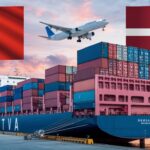


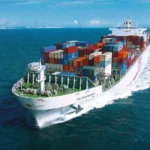




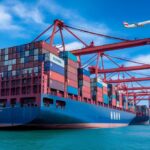

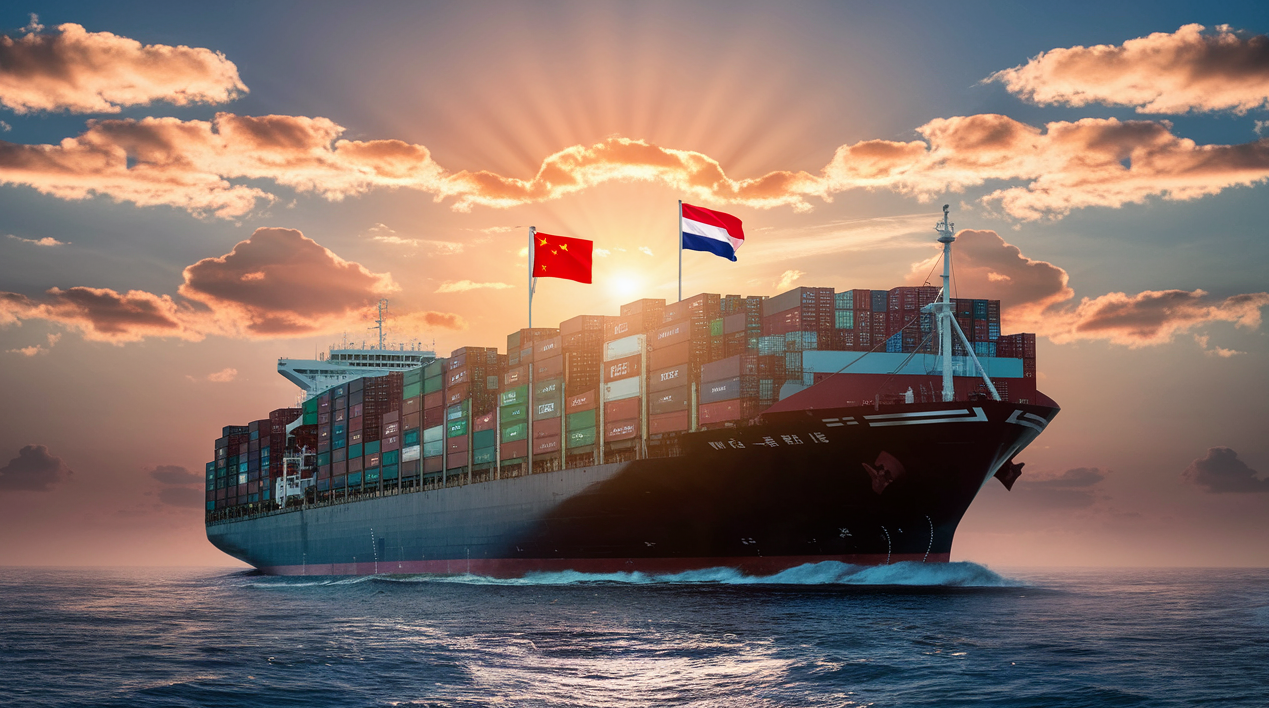
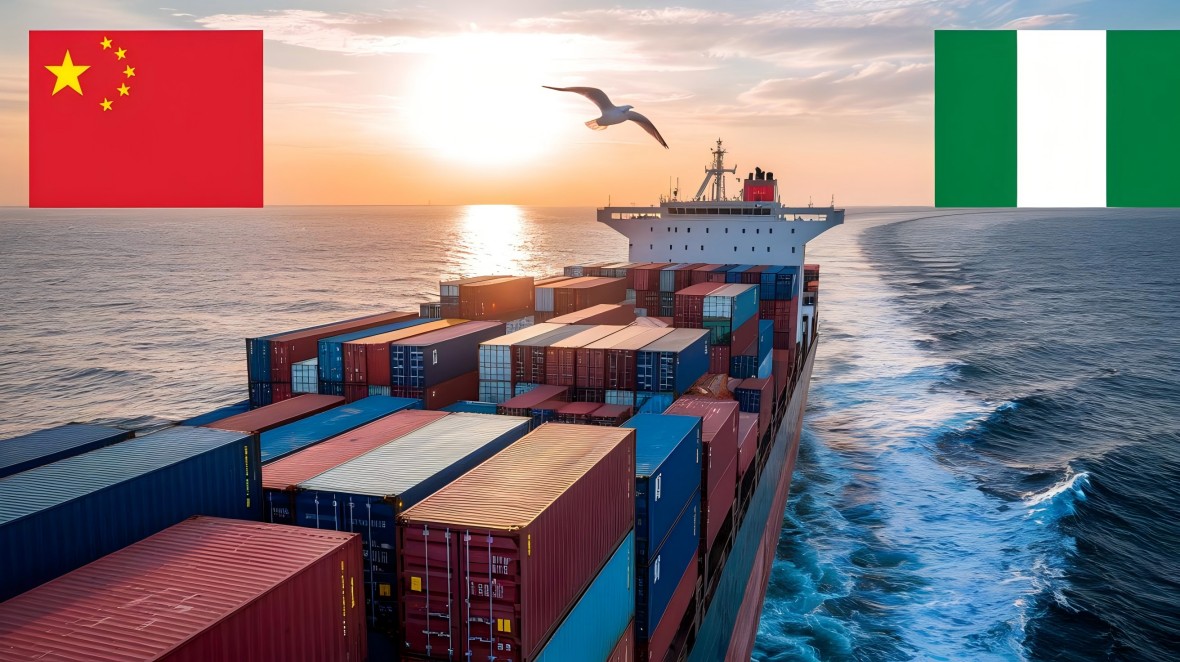
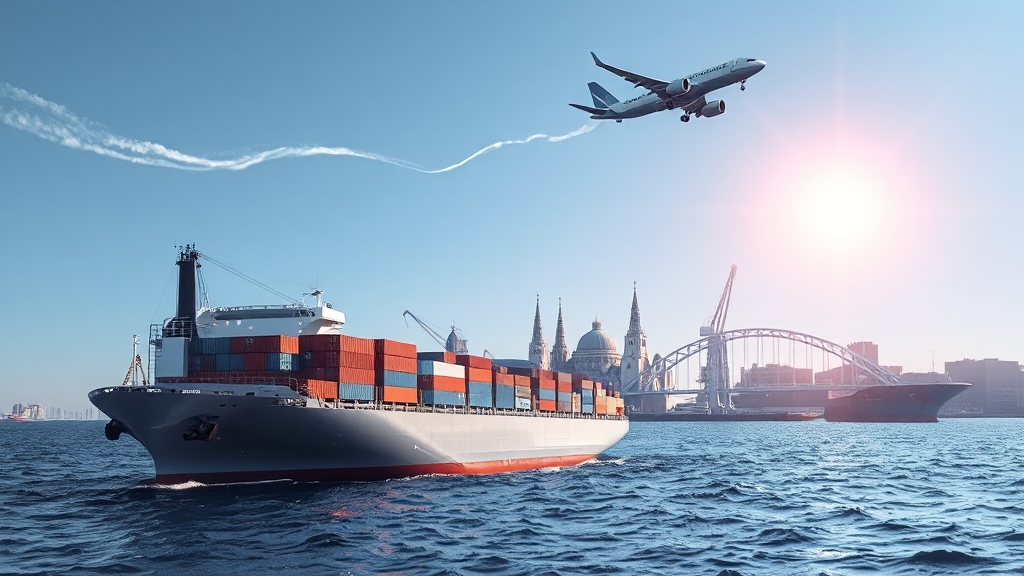
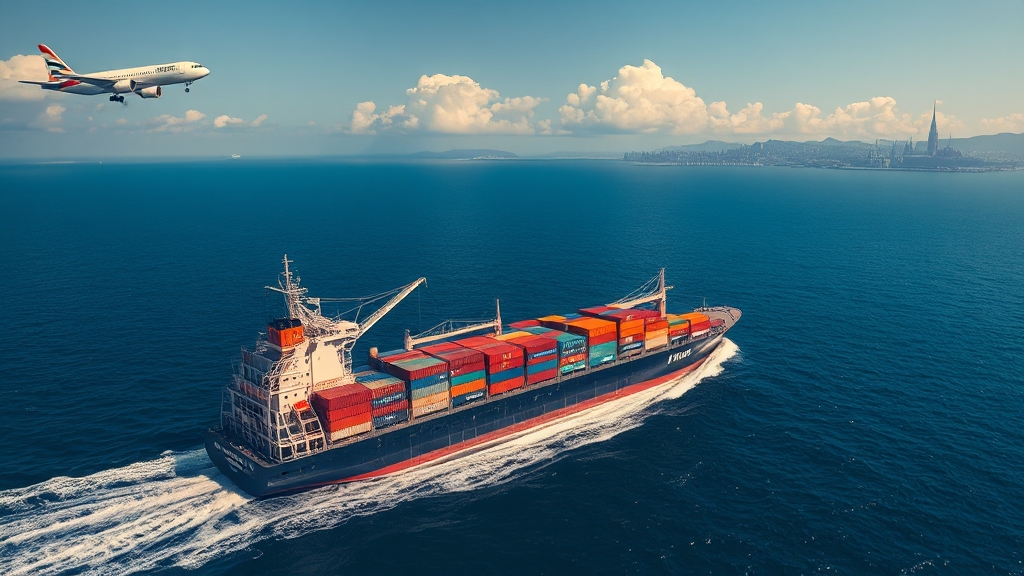
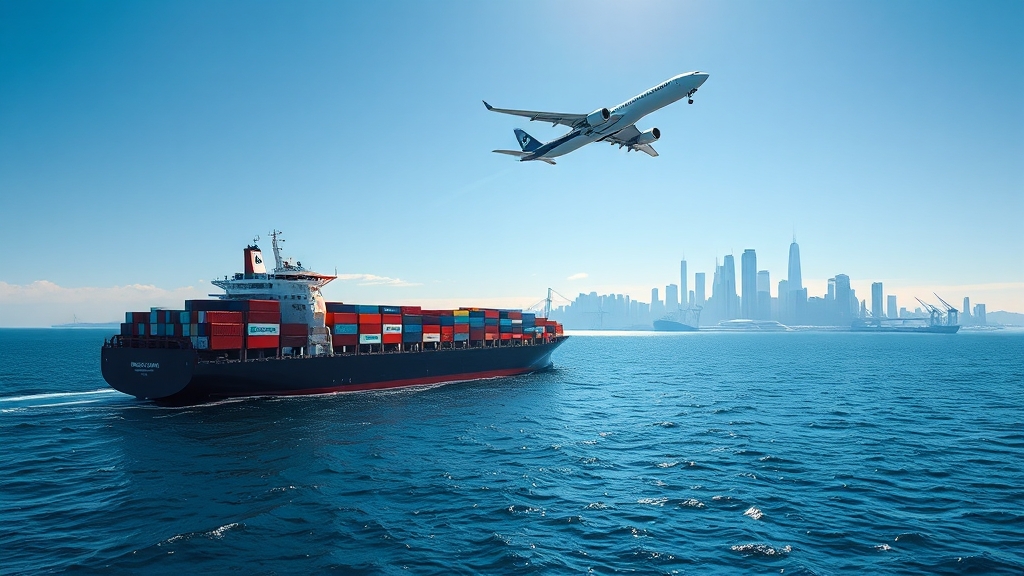





 Afrikaans
Afrikaans Shqip
Shqip አማርኛ
አማርኛ العربية
العربية Հայերեն
Հայերեն Azərbaycan dili
Azərbaycan dili Euskara
Euskara Беларуская мова
Беларуская мова বাংলা
বাংলা Bosanski
Bosanski Български
Български Català
Català Cebuano
Cebuano Chichewa
Chichewa 简体中文
简体中文 繁體中文
繁體中文 Corsu
Corsu Hrvatski
Hrvatski Čeština
Čeština Dansk
Dansk Nederlands
Nederlands English
English Esperanto
Esperanto Eesti
Eesti Filipino
Filipino Suomi
Suomi Français
Français Galego
Galego ქართული
ქართული Deutsch
Deutsch Ελληνικά
Ελληνικά Kreyol ayisyen
Kreyol ayisyen Harshen Hausa
Harshen Hausa Ōlelo Hawaiʻi
Ōlelo Hawaiʻi עִבְרִית
עִבְרִית हिन्दी
हिन्दी Hmong
Hmong Magyar
Magyar Íslenska
Íslenska Igbo
Igbo Bahasa Indonesia
Bahasa Indonesia Gaeilge
Gaeilge Italiano
Italiano 日本語
日本語 Basa Jawa
Basa Jawa ಕನ್ನಡ
ಕನ್ನಡ Қазақ тілі
Қазақ тілі ភាសាខ្មែរ
ភាសាខ្មែរ 한국어
한국어 كوردی
كوردی Кыргызча
Кыргызча ພາສາລາວ
ພາສາລາວ Latin
Latin Latviešu valoda
Latviešu valoda Lietuvių kalba
Lietuvių kalba Lëtzebuergesch
Lëtzebuergesch Македонски јазик
Македонски јазик Malagasy
Malagasy Bahasa Melayu
Bahasa Melayu മലയാളം
മലയാളം Maltese
Maltese Te Reo Māori
Te Reo Māori मराठी
मराठी Монгол
Монгол ဗမာစာ
ဗမာစာ नेपाली
नेपाली Norsk bokmål
Norsk bokmål پښتو
پښتو فارسی
فارسی Polski
Polski Português
Português ਪੰਜਾਬੀ
ਪੰਜਾਬੀ Română
Română Русский
Русский Samoan
Samoan Gàidhlig
Gàidhlig Српски језик
Српски језик Sesotho
Sesotho Shona
Shona سنڌي
سنڌي සිංහල
සිංහල Slovenčina
Slovenčina Slovenščina
Slovenščina Afsoomaali
Afsoomaali Español
Español Basa Sunda
Basa Sunda Kiswahili
Kiswahili Svenska
Svenska Тоҷикӣ
Тоҷикӣ தமிழ்
தமிழ் తెలుగు
తెలుగు ไทย
ไทย Türkçe
Türkçe Українська
Українська اردو
اردو O‘zbekcha
O‘zbekcha Tiếng Việt
Tiếng Việt Cymraeg
Cymraeg יידיש
יידיש Yorùbá
Yorùbá Zulu
Zulu